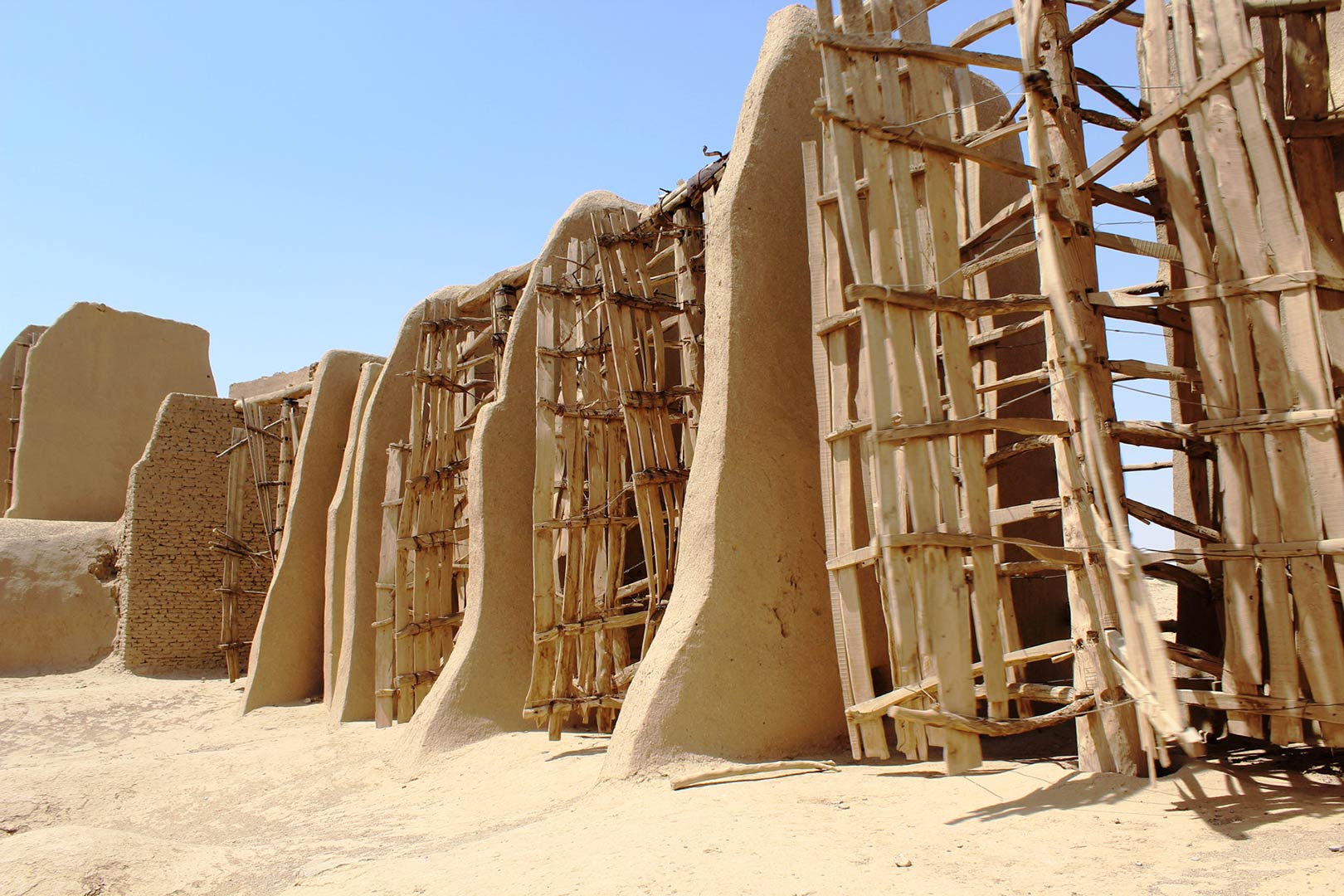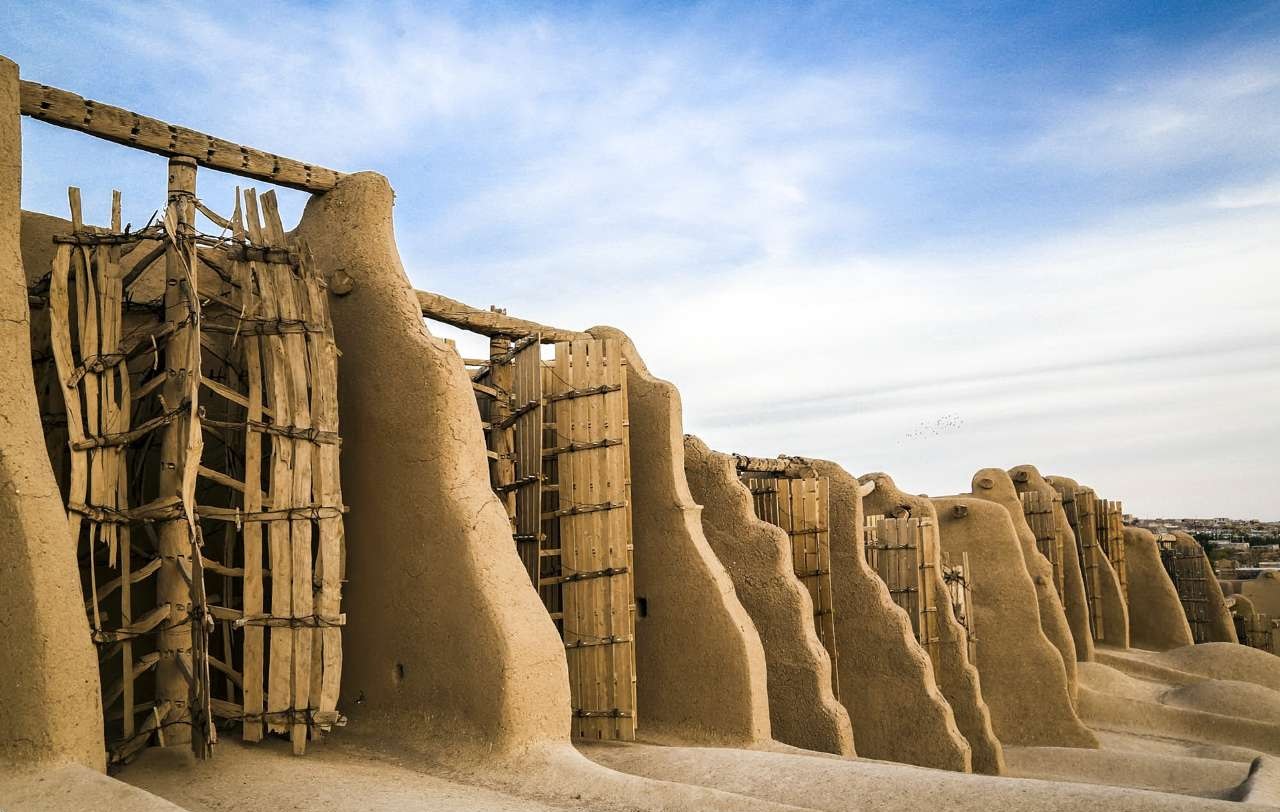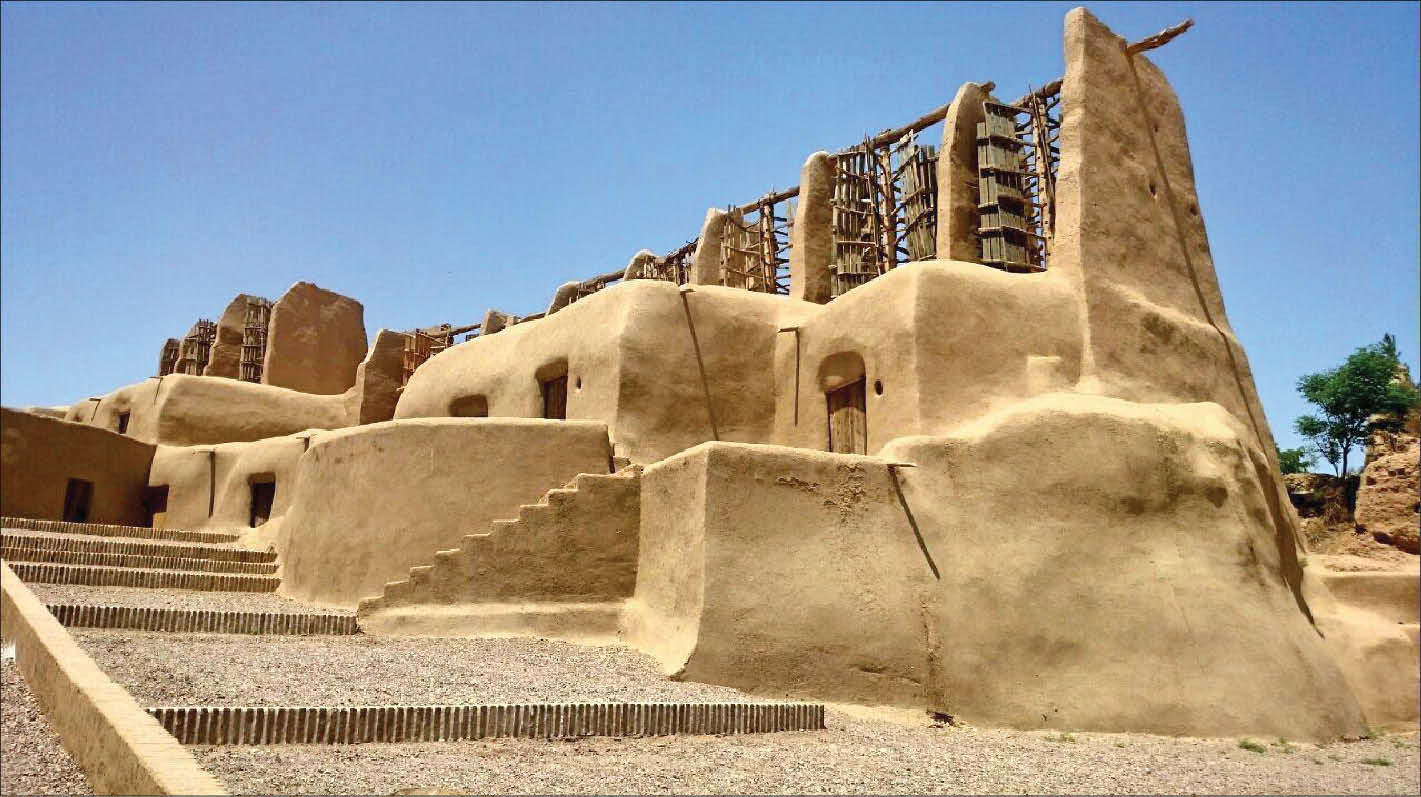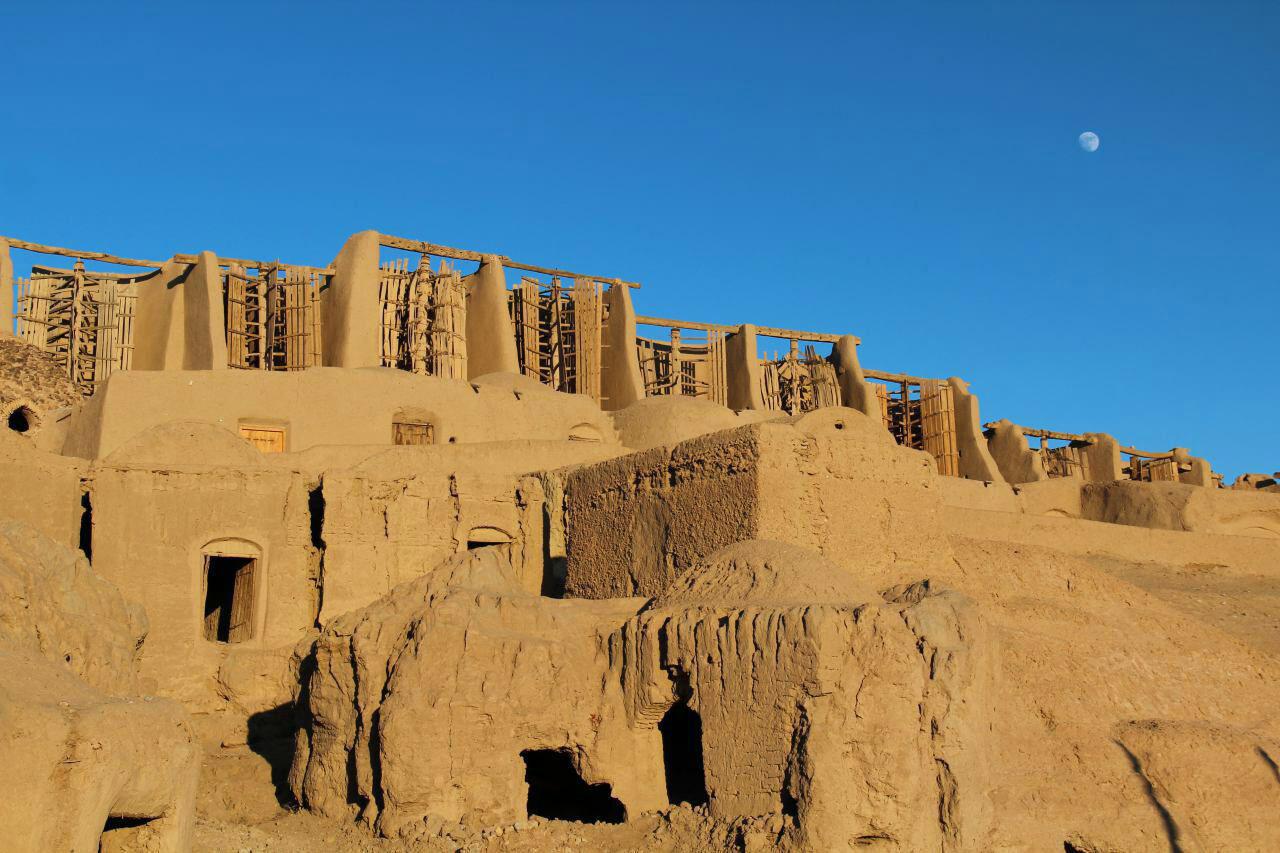Nashtifan
Hightlight
-
 Car parking
Car parking -
 Coffee shop
Coffee shop -
 Hotel
Hotel -
 POS
POS
The little community of Nashtifan, located on the arid and windswept plains of northeastern Iran, 30 miles from the Afghan border, is keeping ancient traditions alive despite the winds of change.
Nashtifan; Gone with The Wind
Some of the world’s first windmills may be seen in the town, and the buildings are still in use today. A 65-foot-tall earthen wall protects inhabitants from the abrasive gales on the town’s southern outskirts. Two dozen generally working vertical axis windmills dating back to ancient Persian times are housed behind the high wall. The buildings, which are composed of clay, straw, and wood, are thought to be about 1,000 years old and were used for grinding grain into flour.
The location is noted for its exceptionally strong winds, and the name Nashtifan is derived from the words “storm’s sting.” The carved hardwood blades swirl with startling velocity and power grindstones in the wonder of engineering and passive ventilation throughout the tumultuous winter months. These well-built clay buildings might last for millennia if turbines are repaired on a regular basis and caretakers are prepared to preserve them.
Nashtifan; City of Wind
The windmills’ towering walls support the rotors while also funneling the airflow like an elliptical throat in a rudimentary wind tunnel. Unlike Don Quixote-style windmills in Europe, the Persian design is propelled by drag rather than lift. Because the blades are arranged on a vertical axis, energy is transferred from the blades to the grindstone without the use of any of the intermediate gears present on horizontal axis windmills.
The monuments, which are the windy pride of Nashtifan, are cared for by Ali Muhammed Etebari, who thinks that sections of the clay windmills are 1,000 years old. Etebari earns no money from his unauthorized village profession, but he told a film team from the International Wood Culture Society, “If I don’t look after them, the youths would come and damage everything and break everything.”
The monuments, which are the windy pride of Nashtifan, are cared for by Ali Muhammed Etebari, who thinks that sections of the clay windmills are 1,000 years old. Etebari earns no money from his unauthorized village profession, but he told a film team from the International Wood Culture Society, “If I don’t look after them, the youths would come and damage everything and break everything.”
Nashtifan; Home for Asbads
For thousands of years, the wind has provided energy to our planet. As early as 5,000 BC, humans used it as a source of energy to drive boats. Later, windmills with woven-reed blades began grinding grain in Iran, and primitive wind-powered water pumps were utilized in China.
The windmills, commonly known as “Asbads,” are made of clay, wood, and straw and have been milling grain for over 1,000 years on a cliff above the settlement. They also demonstrate how humans have adapted to nature by turning environmental challenges into possibilities.











